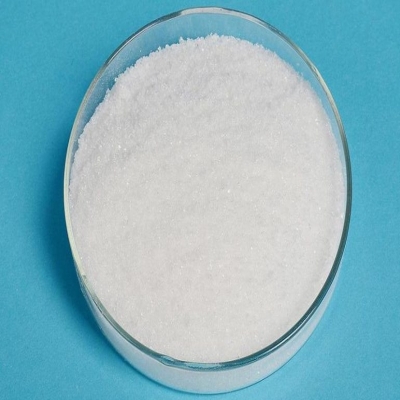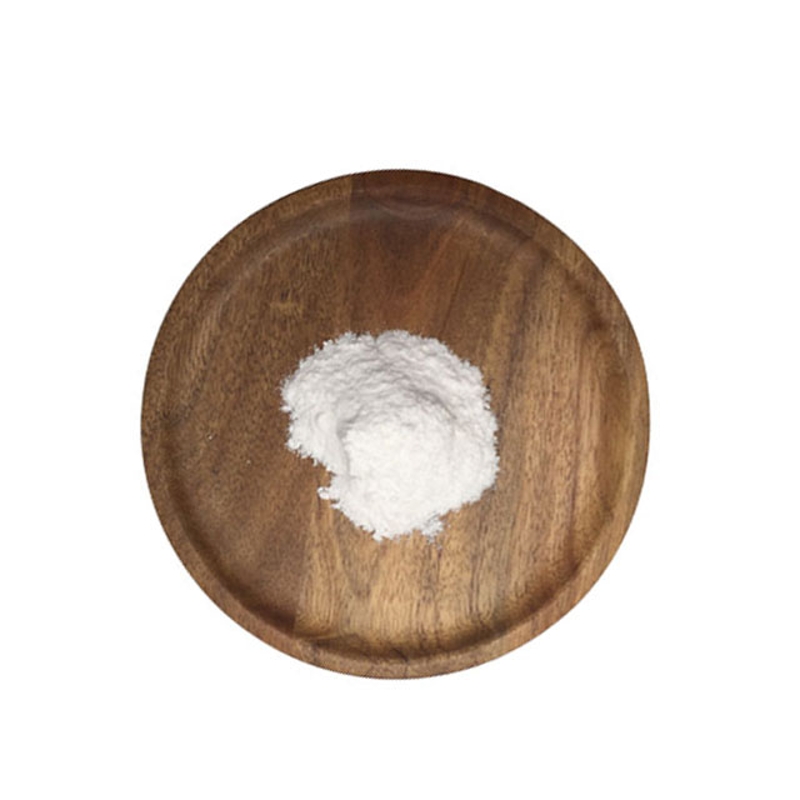-
Categories
-
Pharmaceutical Intermediates
-
Active Pharmaceutical Ingredients
-
Food Additives
- Industrial Coatings
- Agrochemicals
- Dyes and Pigments
- Surfactant
- Flavors and Fragrances
- Chemical Reagents
- Catalyst and Auxiliary
- Natural Products
- Inorganic Chemistry
-
Organic Chemistry
-
Biochemical Engineering
- Analytical Chemistry
- Cosmetic Ingredient
-
Pharmaceutical Intermediates
Promotion
ECHEMI Mall
Wholesale
Weekly Price
Exhibition
News
-
Trade Service
Background: Around 250 million people worldwide are chronically infected with hepatitis B virus (HBV), and 10–15% of them develop chronic liver diseases such as chronic hepatitis B (CHB), cirrhosis and hepatocellular carcinoma (HCC).
Quantitative anti-hepatitis B core antibodies (qAnti-HBc) and quantitative hepatitis B core-associated antigens (qHBcrAg) are emerging markers in patients with chronic hepatitis B
.
Objective: However, it is unclear whether q-anti-HBc and qHBcrAg levels predict hepatitis B surface antigen clearance in patients with NA-suppressing chronic hepatitis B receiving combination therapy
.
Methods: After receiving ≥ 1 year of NA treatment, HBV DNA suppression (HBV DNA < 20 IU/ml) and quantitative HBsAg (qHBsAg) < 1500 IU/ml
were enrolled in 74 patients with chronic hepatitis B.
Results: Serum qAnti-HBc levels rather than qHBcrAg levels at baseline were inversely correlated
with previous duration of NA therapy.
Figure 1 Dynamic changes of
serum q-anti-HBc and qHBcrAg in the NA group and the Add-on group.
Table 1 Baseline characteristics of patients with additional treatment of whether hepatitis B surface antigen is cleared after 48 weeks
Figure 2 Comparison
of HBs Ag loss rates and baseline qHBs Ag at 48 weeks in the case of baseline q-anti-HBc<0.
Figure 3 Kinetics of
qHBs Ag in the added groups of baseline q-HBc<0.
Figure 4 adds a group of predictions
of hepatitis B surface antigen loss at 48 weeks.
Conclusion: In patients with NA-suppressed chronic hepatitis B who receive PEG-IFN-a addition therapy, the combination of qHBsAg and baseline qAnti-HBc levels may be a better predictive strategy
for HBsAg clearance.
Original source:
Wang WX, Jia R, Gao YY,et al.







